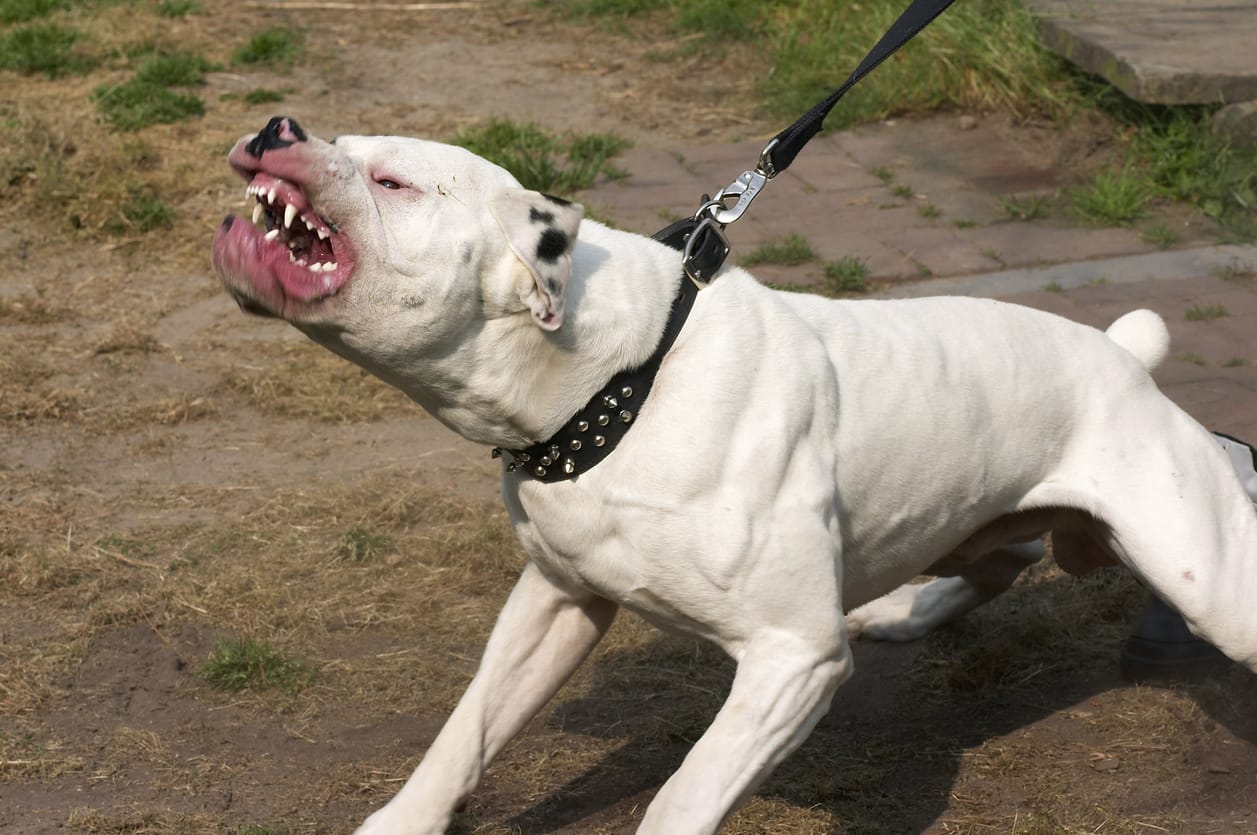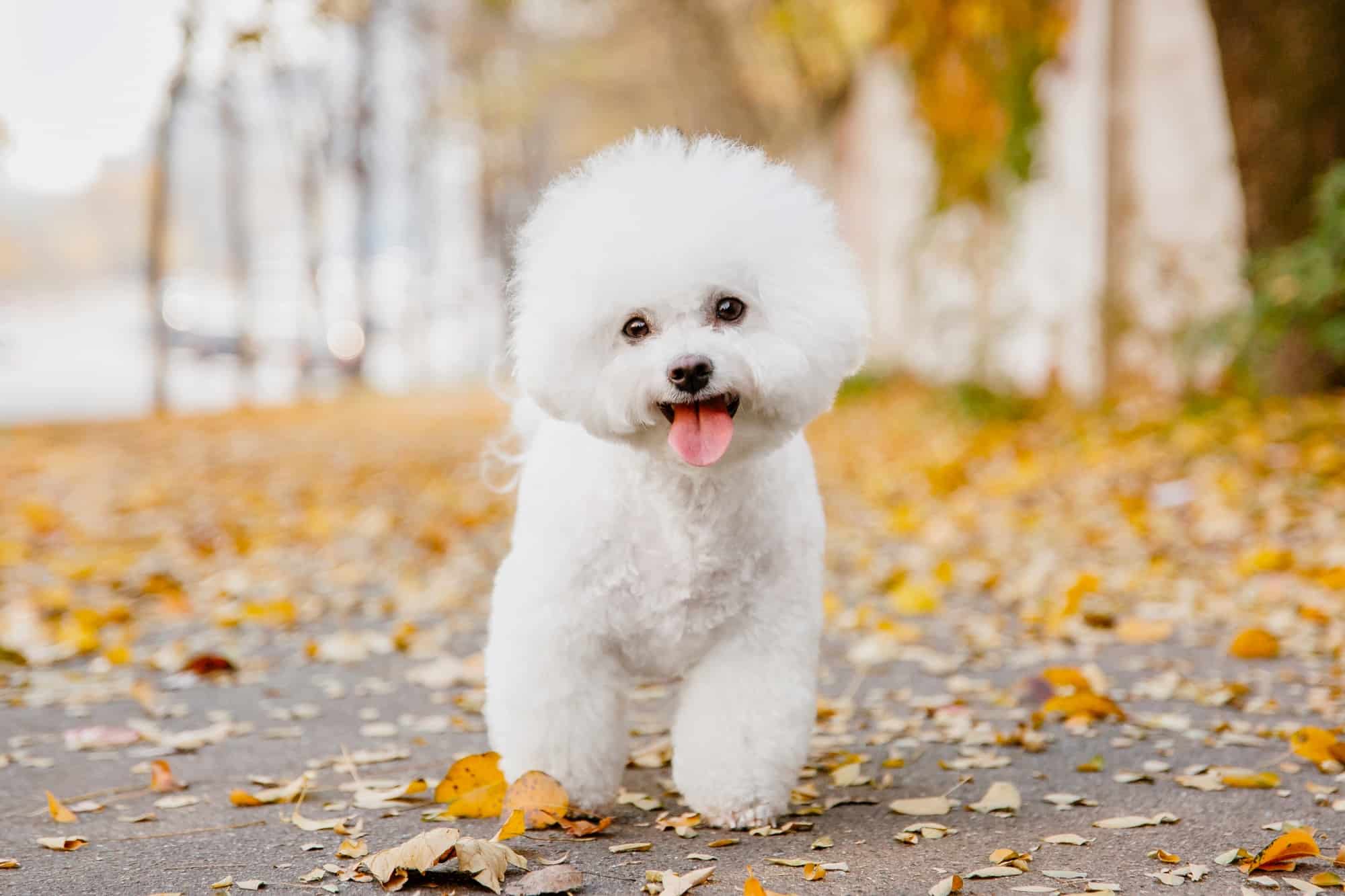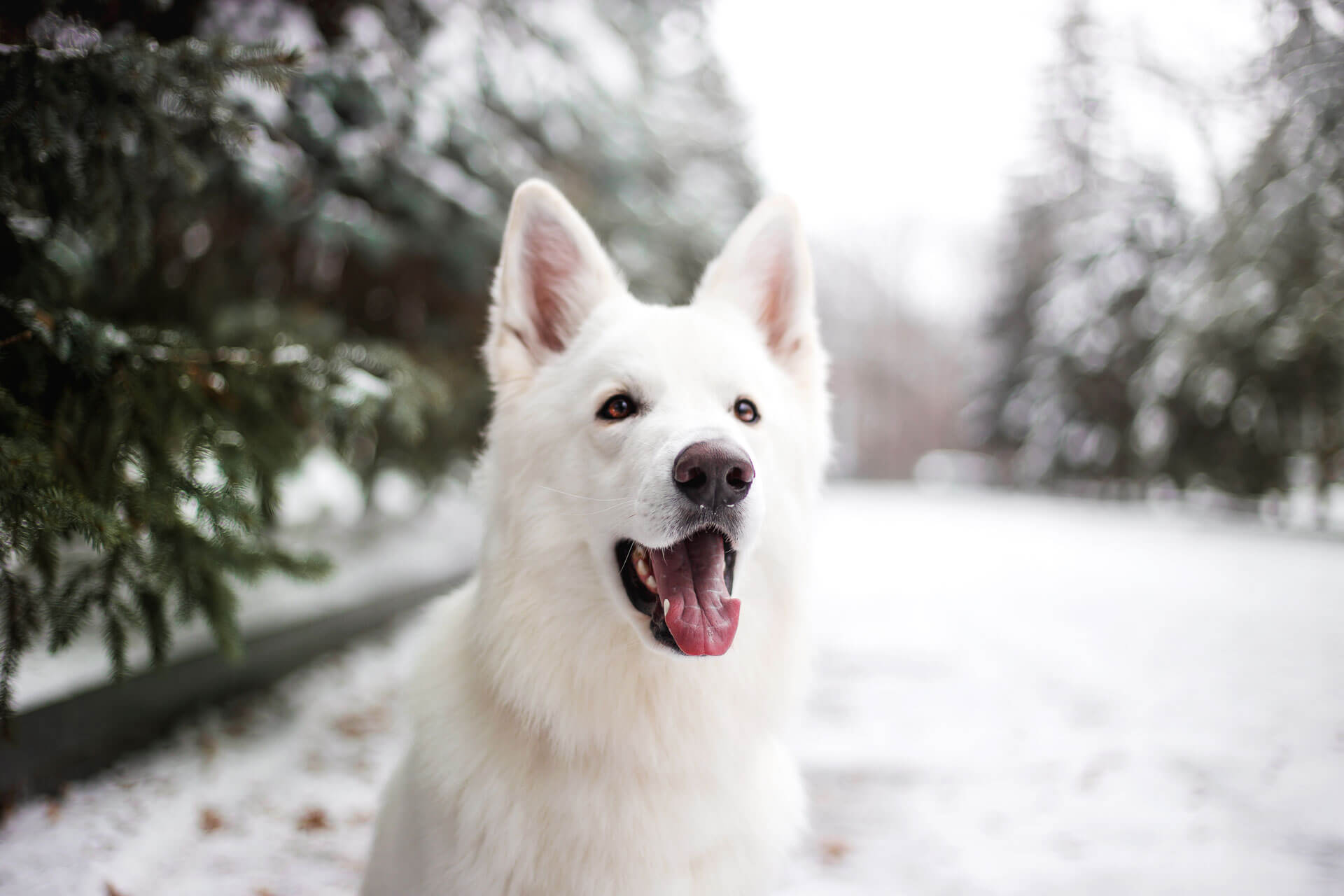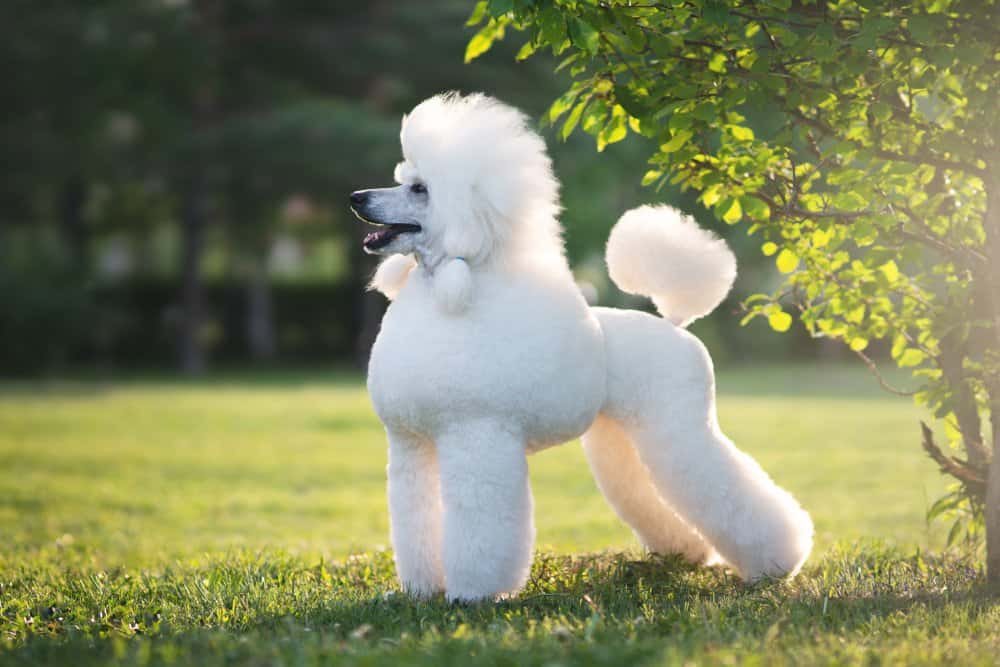Dogs with blue eyes are a rare and striking sight. While blue eyes are not a common trait in dogs, there are several breeds that are known for having this unique feature.
Some breeds have blue eyes as a breed trademark, while others may get blue eyes as a recessive trait. Dogs with a particular coat color, specifically merle or piebald, tend to get blue eyes passed on to them.
You are reading: 10 Types Of Dog Breeds With Blue Eyes
In this article, we will explore 10 types of dog breeds with blue eyes, including their characteristics and traits.
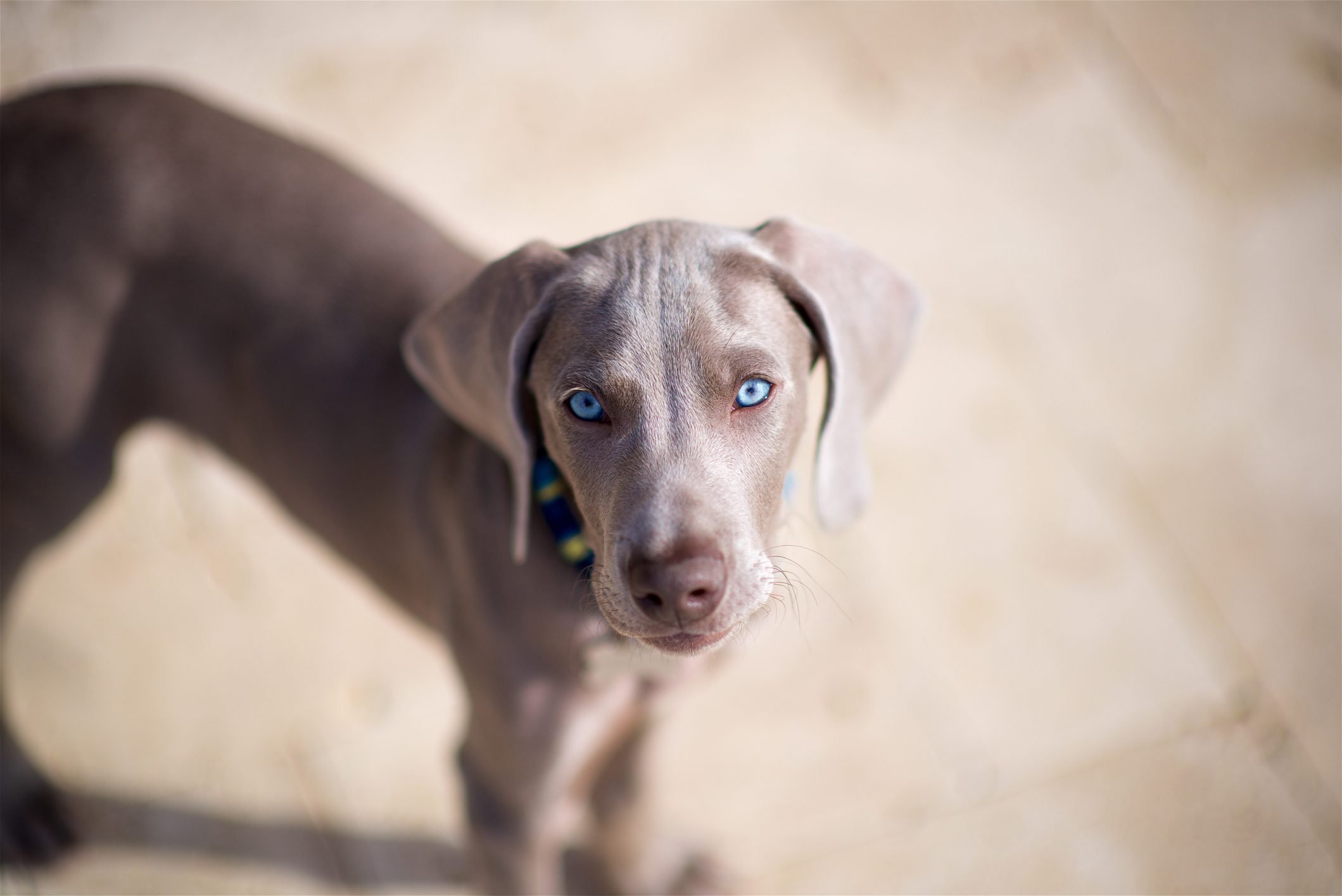
10 Types Of Dog Breeds With Blue Eyes
Siberian Husky
The Siberian Husky is a medium-sized dog breed that is known for its striking blue eyes and thick, double coat. Originating in Siberia, these dogs were bred as sled dogs and have a high endurance and eagerness to work.
Siberian Huskies are friendly, intelligent, and independent dogs that can have a mischievous streak. They thrive on human company but need firm, gentle training from puppyhood.
Border Collie
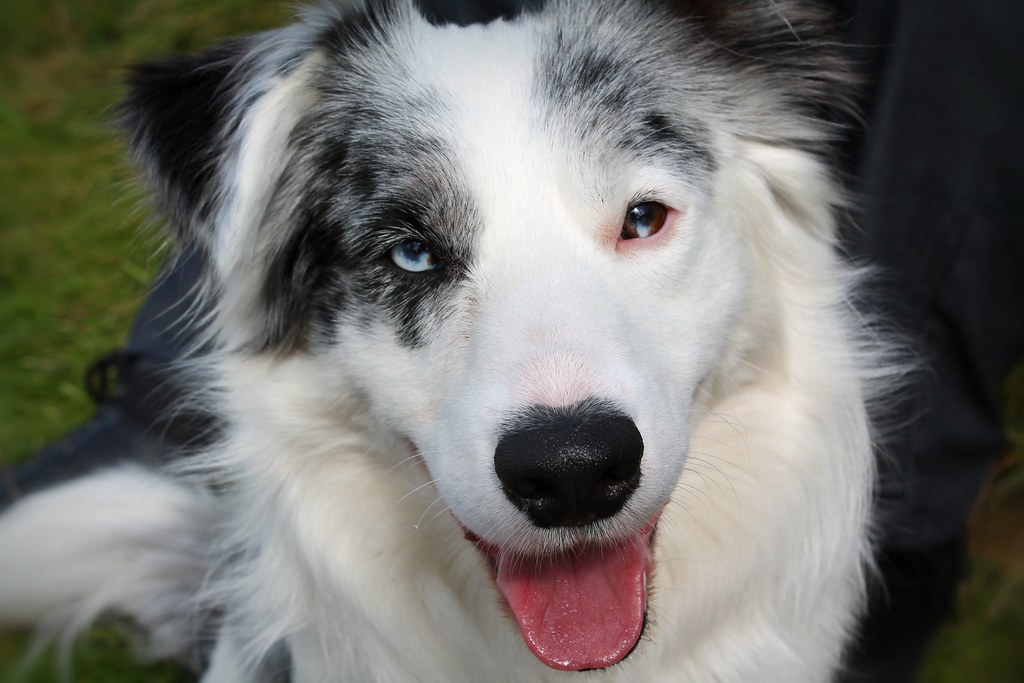
Border Collies can have blue eyes, although brown is the most common eye color for the breed. Blue eyes are possible in Border Collies as a recessive trait, and they can also be inherited with other recessive traits. While all dogs are born with blue eyes, only rarely are they kept after about 5 months.
Blue eyes are more common in merle-coated Border Collies. If your Border Collie has the merle or piebald gene, it cannot consistently create pigment, which would explain the light eyes. It’s important to note that the American Kennel Club (AKC) specifically disqualifies many blue-eyed purebred dogs from the show ring, as the eye color might be technically considered a fault for that breed.
However, blue-eyed Border Collies can make wonderful pets and are known for their intelligence, trainability, and herding abilities. If you notice your Border Collie’s eyes are suddenly turning blue or cloudy, have them checked by a veterinarian.
Weimaraner
Weimaraners are a breed of dog that is known for their striking appearance, including their unique eye color. Weimaraners are born with blue eyes, which is a curious trait of the breed.
Read more : 5 Best Types Of Haircuts For Dogs
However, their eye color changes as they mature, and by the time they are 3 to 6 months old, their eyes change to amber, grayish-blue, or greenish-blue. This change in eye color is linked to heightened melanin production. While Weimaraners do not keep their blue eyes, their eyes are still light in color and just as striking as their baby blues.
It’s important to note that the change in eye color is hereditary and is common among all dogs of the breed. Weimaraners are friendly, fearless, alert, and obedient dogs that make excellent companions and watchdogs.
Australian Shepherd
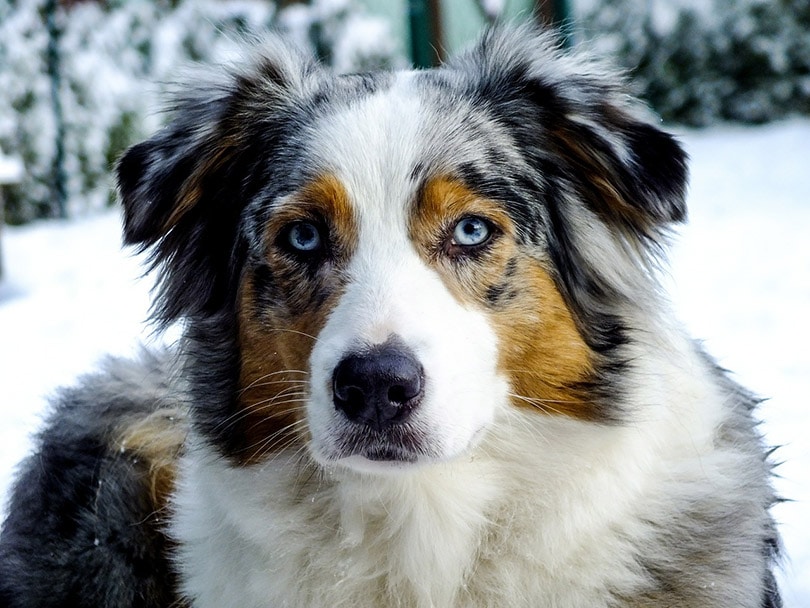
Australian Shepherds are a breed of dog that is known for their intelligence, loyalty, and striking appearance, including their unique eye color. Here are some facts about Australian Shepherds and their blue eyes:
– Australian Shepherds often have blue eyes because of a genetic mutation.
– Blue eyes in Australian Shepherds can be half blue/half pigmented, but they are rarely flecked or marbled.
– Blue eyes in non-merle Australian Shepherds can vary in shade from pale blue to dark blue.
– Blue eyes in merle Australian Shepherds are an extension of the merle pattern, and the eyes can have variegated pigment, just like the coat.
– Not all Australian Shepherds have blue eyes, but pale blue eyes are common in the breed.
– The color of an Australian Shepherd’s eyes can change as they mature, and their eyes can turn from blue to amber, greenish-blue, or grayish-blue.
– The American Kennel Club (AKC) recognizes blue eyes in Australian Shepherds as a breed standard.
Australian Shepherds are highly trainable, energetic, and affectionate dogs that make excellent companions and working dogs.
Dalmatian
Dalmatians are a breed of dog that is known for their unique black and white spotted coat. However, some Dalmatians also have blue eyes, which can be a striking and beautiful feature. Here are some facts about Dalmatians and their blue eyes:
– Blue-eyed Dalmatians are rare, and the gene that causes blue eyes is associated with deafness.
– Dalmatians are among the dog breeds prone to hereditary deafness, and 30% of Dalmatians show hearing loss in one or both ears.
– The lack of eye pigment is believed to be caused by the piebald gene (Sp), which is responsible for the Dalmatian’s unique coat pattern.
– Dalmatians can have one or both blue eyes, and the color of the non-blue eye will depend on the color of the spots.
– Dalmatians’ eye color can range from dark brown to hazel green/amber to hazel blue or blue.
– Blue eyes in Dalmatians can be a warning sign for hearing loss, but not all blue-eyed Dalmatians are deaf.
Dalmatians are friendly, energetic, and intelligent dogs that make excellent companions and working dogs.
Great Dane

Great Danes are a breed of dog that is known for their large size and gentle nature. While blue eyes are not a common trait in Great Danes, some individuals can have blue eyes. Here are some facts about Great Danes and their blue eyes:
– Great Dane puppies can have blue eyes, but their eye color will change as they mature.
– Great Danes’ eyes are only blue as a puppy, and once they begin to mature, they morph into a shade of brown.
– Blue eyes are acceptable and normal for Great Danes, especially for Harlequin Danes.
– Harlequin Great Danes can have a variety of eye colors, including brown, blue, green, or even a combination of colors.
– Eye colors in Great Danes can range from blue-green to a very pale icy shade of blue.
– Blue irises represent a trait that deviates from the Great Dane breed standard.
– Actual blue eyes in Great Danes are referred to as “hypochromia iridis” meaning a lack of pigment.
Great Danes are friendly, patient, and loyal dogs that make excellent family pets.
Catahoula Leopard Dog
Catahoula Leopard Dogs are a breed of dog that is known for their unique coat patterns and striking appearance. Here are some facts about Catahoula Leopard Dogs and their blue eyes:
– Catahoula Leopard Dogs are known for having blue eyes, especially those with merle coats.
– All Catahoula Leopard Dog puppies are born with blue eyes, but not all of them keep the same color shade as they grow up.
– Catahoula Leopard Dogs are also known for having heterochromia, which can result in a number of different eye variations, including glass eyes.
– The breed can have a variety of eye colors, including blue, amber, green, and brown, or a combination of colors.
– Catahoula Leopard Dogs are a breed that can have merle patterns or leopard-like spots of multiple colors.
While blue eyes can be a striking and beautiful feature in Catahoula Leopard Dogs, it’s important to note that the American Kennel Club (AKC) specifically disqualifies many blue-eyed purebred dogs from the show ring, as the eye color might be technically considered a fault for that breed.
Read more : Discover The Top 7 Largest Hound Breeds
However, Catahoula Leopard Dogs can make wonderful pets and are known for their intelligence, loyalty, and working abilities.
Alaskan Malamute
Alaskan Malamutes are a breed of dog that is known for their strength, endurance, and thick fur coat. Here are some facts about Alaskan Malamutes and their blue eyes:
– Purebred Alaskan Malamutes will not have blue eyes.
– Blue eyes on Alaskan Malamutes can be a result of crossbreeding, particularly with Huskies, or due to a gene which causes white spotting.
– Alaskan Malamutes can have a variety of eye colors, including brown, hazel, amber, or yellowish.
– The blue color in Alaskan Malamutes’ eyes fades as they mature, and as adults, the dogs have hazel, amber, or yellowish eyes.
– While blue eyes are not a common trait in Alaskan Malamutes, there are some photos of blue-eyed Alaskan Malamutes available online.
Alaskan Malamutes are friendly, loyal, and affectionate dogs that make excellent companions and working dogs.
Shetland Sheepdog
Shetland Sheepdogs, also known as Shelties, are a breed of dog that is known for their intelligence, loyalty, and striking appearance. Here are some facts about Shetland Sheepdogs and their blue eyes:
– Blue eyes in Shetland Sheepdogs are not common, but they can occur in dogs with the merling gene.
– Blue Merle Shelties can have two blue eyes, or even one-and-a-half blue eyes, where one eye is part-blue and part-brown.
– Shetland Sheepdogs with blue eyes can also have one blue eye and one brown eye or a mixture of both.
– While blue eyes can be a striking and beautiful feature in Shetland Sheepdogs, it’s important to note that if the blue eyes are caused by something other than the merling gene, it’s against the breed standard.
– Shetland Sheepdogs can have a variety of eye colors, including brown, blue, and hazel.
Shetland Sheepdogs are friendly, affectionate, and energetic dogs that make excellent companions and working dogs.
American Pit Bull Terrier
Here are some facts about American Pit Bull Terriers and their blue eyes:
– American Pit Bull Terriers can be born with blue eyes, but it’s not a common trait in the breed.
– Blue eyes in American Pit Bull Terriers are more common in puppies and may change color as they mature.
– The blue-eyed trait in American Pit Bull Terriers is not a desirable trait for the breed, and it’s not recognized by the American Kennel Club (AKC).
– Blue eyes in American Pit Bull Terriers can be a result of crossbreeding or a genetic mutation.
– Dogs with blue eyes have a completely colorless iris, which means that the light that enters the pit bull’s eyes is scattered back into the environment, making them appear blue.
It’s important to note that while blue eyes can be a striking and beautiful feature in American Pit Bull Terriers, it’s not a desirable trait for the breed and can be associated with health issues. American Pit Bull Terriers are friendly, loyal, and energetic dogs that make excellent companions and working dogs.
FAQS
1. What dog breeds have blue eyes?
Some dog breeds that are known for having blue eyes include Siberian Huskies, Border Collies, Weimaraners, Australian Shepherds, Dalmatians, Great Danes, Catahoula Leopard Dogs, Shetland Sheepdogs, and American Pit Bull Terriers.
2. Why do some dogs have blue eyes?
Blue eyes in dogs can be a result of genetics, specifically the merle gene, or a lack of pigmentation in the iris. Some dogs may also develop blue eyes due to health issues like cataracts.
3. Are blue eyes a desirable trait in dogs?
While blue eyes can be a striking and beautiful feature in dogs, it’s not a desirable trait for all breeds. The American Kennel Club (AKC) specifically disqualifies many blue-eyed purebred dogs from the show ring, as the eye color might be technically considered a fault for that breed.
4. Can dogs with blue eyes have health issues?
Some dogs with blue eyes may have health issues associated with the gene that causes the blue eyes, such as deafness or vision problems. It’s important to have your dog checked by a veterinarian if you notice any changes in their eye color or vision.
5. Are all blue-eyed dogs deaf?
Not all blue-eyed dogs are deaf, but the gene that causes blue eyes is associated with deafness in some breeds. It’s important to have your dog’s hearing checked by a veterinarian if you notice any signs of hearing loss.
Source: https://petstutorial.com
Category: DOGS



